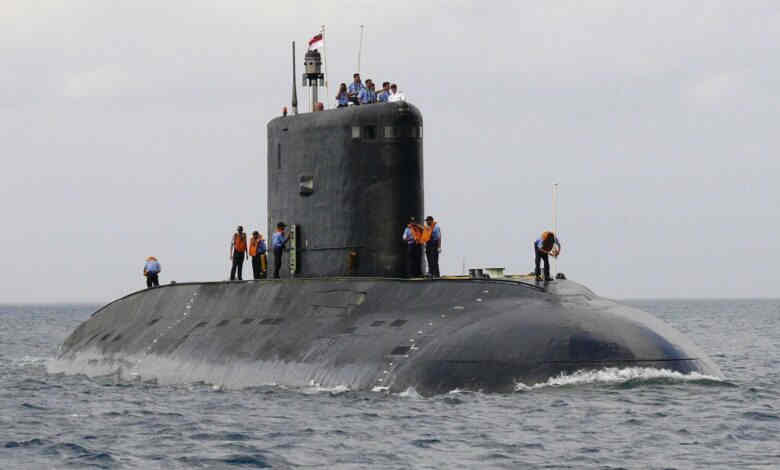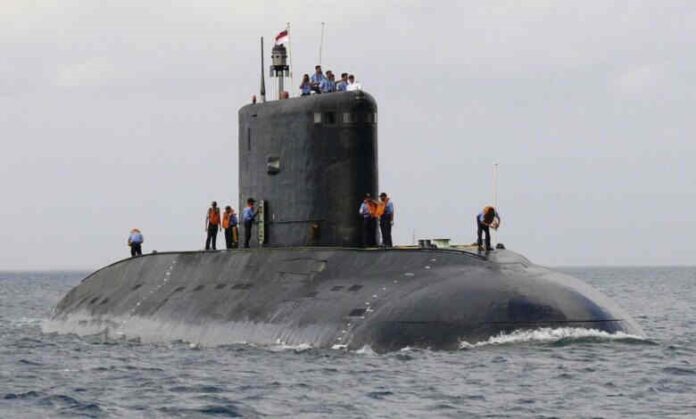
India’s recent strides in advancing its sea-based nuclear deterrence, particularly with the induction of the nuclear-powered ballistic missile submarine (SSBN) INS Arighaat, and the forthcoming commissioning of INS Aridhaman, mark a significant escalation in the regional arms race, particularly with Pakistan. While these developments may appear to bolster India’s strategic posture, they introduce a host of destabilizing factors that threaten the delicate balance of deterrence in South Asia.
The Disturbing Escalation of Sea-Based Nuclear Capabilities
India’s pursuit of a more robust sea-based nuclear deterrent has been steadily progressing since the induction of INS Arihant, its first SSBN, in 2018. The recent addition of INS Arighaat and the imminent commissioning of INS Aridhaman signal a shift in India’s nuclear strategy, focusing on enhancing its second-strike capability. SSBNs, by design, offer a secure and stealthy platform for launching nuclear strikes, as they can remain submerged and undetected for extended periods. This ability to deliver a retaliatory strike ensures that India can maintain a credible deterrent against potential adversaries. However, this growing capability also raises significant concerns, particularly in the context of India-Pakistan relations. The introduction of more advanced SSBNs, capable of carrying long-range nuclear missiles like the K-4, exacerbates the already fragile security environment in the region. The K-4 missile, with a range exceeding 3,000 kilometers, allows India to target key strategic locations deep within Pakistan from the relative safety of its waters. This capability not only shifts the balance of power but also places enormous pressure on Pakistan to respond, potentially triggering a new phase in the arms race.
Weak Command and Control: A Recipe for Disaster
One of the most alarming aspects of India’s expanding nuclear arsenal is the persistent weakness in its command and control systems. Incidents of nuclear theft and security lapses have plagued India’s nuclear program for years. The notorious case in 2004, where kilograms of uranium went missing from a nuclear facility in India, is a stark reminder of the vulnerabilities within its system. Despite these incidents, there has been little evidence to suggest that India has adequately addressed these critical security gaps. The deployment of SSBNs, with their independent command structures and complex operational demands, only heightens these risks. The possibility of miscommunication or unauthorized use of nuclear weapons becomes a more pressing concern when multiple SSBNs, each armed with long-range missiles, are patrolling the seas. The decentralized nature of SSBN operations, coupled with India’s track record of security lapses, presents a disturbing scenario where the risk of an accidental or unauthorized launch cannot be ignored.
Destabilizing the Region: The Impact on Pakistan and Beyond
India’s advancements in its SSBN fleet inevitably compel Pakistan to reassess its own strategic posture. Pakistan, which has historically maintained a smaller but effective nuclear deterrent, may feel pressured to enhance its own sea-based capabilities or to seek other means of countering the perceived threat from India’s SSBNs. This could involve deploying more tactical nuclear weapons, increasing the range and accuracy of its missile systems, or accelerating its own naval nuclear program. Each of these steps would further escalate the arms race, leading to a more volatile and less predictable security environment in South Asia. Moreover, the introduction of these SSBNs complicates crisis management and escalation control. In the event of a military conflict or a severe diplomatic standoff between India and Pakistan, the presence of these submarines introduces new variables that could lead to miscalculations. For instance, if either country misinterprets the movement of the other’s SSBN as preparation for a nuclear strike, it could trigger a preemptive or retaliatory response. The margin for error in such a scenario is perilously thin, and the consequences could be catastrophic.
The International Perspective: A Need for Greater Scrutiny
While India’s SSBN program is often portrayed as a necessary step for maintaining regional stability, it should be viewed with greater scrutiny by the international community. The introduction of these submarines not only threatens the regional deterrence balance but also sets a concerning precedent for other countries in the region. Nations like China, already wary of India’s growing military capabilities, may feel compelled to expand their own SSBN fleets or enhance their anti-submarine warfare capabilities, leading to a broader arms race in the Indo-Pacific region. Furthermore, India’s SSBN program challenges global non-proliferation efforts. The lack of transparency surrounding the development and deployment of these submarines, coupled with India’s refusal to sign the Nuclear Non-Proliferation Treaty (NPT), raises questions about the country’s commitment to responsible nuclear stewardship. As India’s SSBN fleet grows, so too does the potential for proliferation of nuclear technologies and materials, particularly if its command and control systems remain weak.
Conclusion: Navigating a Precarious Path
The commissioning of India’s third SSBN, INS Aridhaman, and the recent induction of INS Arighaat represent a significant milestone in the country’s quest for a credible sea-based nuclear deterrent. However, this achievement comes with profound implications for regional stability. The weaknesses in India’s command and control systems, coupled with the destabilizing impact on Pakistan’s security calculations, make this development a cause for concern, not celebration.
India’s SSBN fleet, while enhancing its strategic capabilities, also introduces new risks that could destabilize the entire South Asian region. The international community must take these developments seriously, urging greater transparency and accountability in India’s nuclear program. At the same time, regional powers, including Pakistan, must engage in dialogue to prevent an uncontrollable escalation of the arms race. In the delicate balance of nuclear deterrence, any shift can have far-reaching and potentially devastating consequences. The world cannot afford to ignore the destabilizing impact of India’s expanding SSBN fleet.

